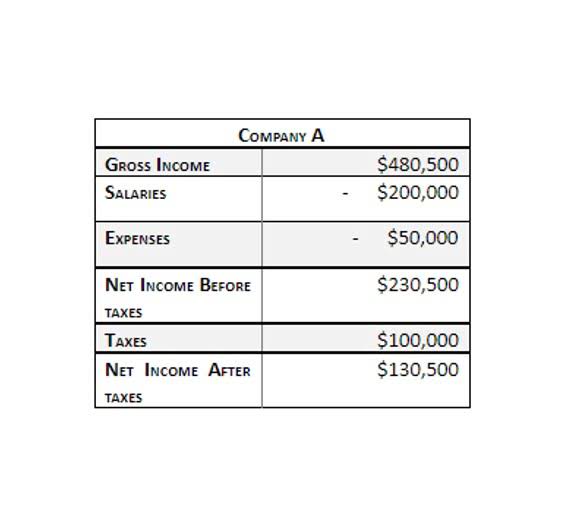
The purchase order form itself specifies the types and quantities of each product. A blanket purchase order is useful when a business requires a certain item or items on an ongoing basis. Using this type of PO can reduce the repetitive work of writing up orders for the same item every time you need it. It outlines the product and quality without including quantity Law Firm Accounts Receivable Management or timeframe.
- Because service is an intangible material, meaning it cannot be stored in inventory management data, a service purchase order helps maintain a record of such transactions.
- First, the person in charge of purchasing – often a Buyer or Financial Controller – generates a purchase order expressing exactly what they need from a supplier.
- Your vendor will also use it when they issue you an invoice and packing slip.
- The SPO is used when the buyer knows precisely what they want to purchase and requires the supplier to fulfill the order as defined.
- Tracking purchase orders is an important element of smart accounting, and helps businesses ensure that they’ve received the goods or services that they’ve ordered.
- A blanket order, or blanket purchase agreement, is a purchase order that covers an ongoing contract between the buyer and seller.
- These systems often come with additional features such as automated reminders, tracking capabilities, and more.
Types of Purchase Orders
You can also add custom pricing terms or payment transaction details, depending on your needs. In a nutshell, your purchase order should provide a clear and concise view of your order from a seller. When you place a big order or involve multiple stakeholders, it makes much more sense to use a standardized purchase order template. This way, your team knows exactly what format to use and what details do they need.
Types of Purchase Orders You Should Know About

POs contain a list of goods or services purchased and their prices and payment terms. A purchase order is a legally binding document between a supplier and a buyer. It details the items the buyer agrees to purchase at a certain price point. Purchase order computer systems have made the purchasing process more efficient and allow for better inventory and payment tracking. A purchase order (PO) is a business document created by a buyer and sent to a seller. It consists of crucial information including details like order date, quantity and types bookkeeping of products/services, the agreed-upon buying price, payment terms and mode, and date of delivery.
Difficulty in Tracking Purchase Orders

Digital systems are designed to handle this growth, accommodating more extensive operations without the need for significant overhauls or system changes. It’s worth mentioning that specific teams can have a dedicated individual — like an office manager in a software firm — to manage purchase orders. Tracking a lot of POs at one time becomes challenging without automated means in organizations that handle a number of POs simultaneously.
Purchase order processing
- Invoices usually come with the goods receipt and show the cost breakdown of each item in the order.
- Eliminates unauthorized or redundant spending and encourages improved financial wellness.
- The supplier is expected to deliver the ordered goods or services under the terms of the purchase order.
- Buyers are expected to pay the supplier according to the payment terms set out in the order itself.
- Like a standard PO, a planned purchase order includes a lot of detailed information, but it will not include a delivery date or location.
- When you’ve entered the Purchase Request page, previous requests appear on your left.
On delivery, the buyer inspects the goods or services to determine whether they meet the provisions in the purchase order. This involves verifying the quality, quantity, and whether they comply with the other agreed terms. Any differences in the items received or in quality or quantity are immediately reported to the supplier for rectification. Paper-based systems for managing purchase orders and invoices are not only outdated, but they’re time-consuming and introduce more opportunities for errors. Businesses can use the purchase order to allocate funds and provide approval for each transaction, streamlining internal processes.

Alternatively, you can use PDF editors and form fillers to add signatures from appropriate signatories. One of the downsides of using Excel is that your purchase order can be sent to the wrong email. Also, they are easy to tamper with because there is no way of verifying if tampering occurred.

A Standard Purchase Order (SPO) is a one-time order used for specific purchases, while a Planned Purchase Order (PPO) is used for ongoing or scheduled orders over a period of time. SPOs are typically created for immediate needs, whereas PPOs facilitate longer-term procurement strategies and inventory management. Every order is tracked, so you know exactly where your money is going and can stay within your budget.
Sourcing and Procurement in Supply Chain Management.
While a purchase order may seem like another tedious document, it’s quite beneficial for the overall maintenance of your business. We’ve listed a few ways they can help your growing business, just in what is a purchase order case you’re not convinced on why you should use purchase orders. An order purchase can be cancelled as long as the order has not yet been shipped and fulfilled.
